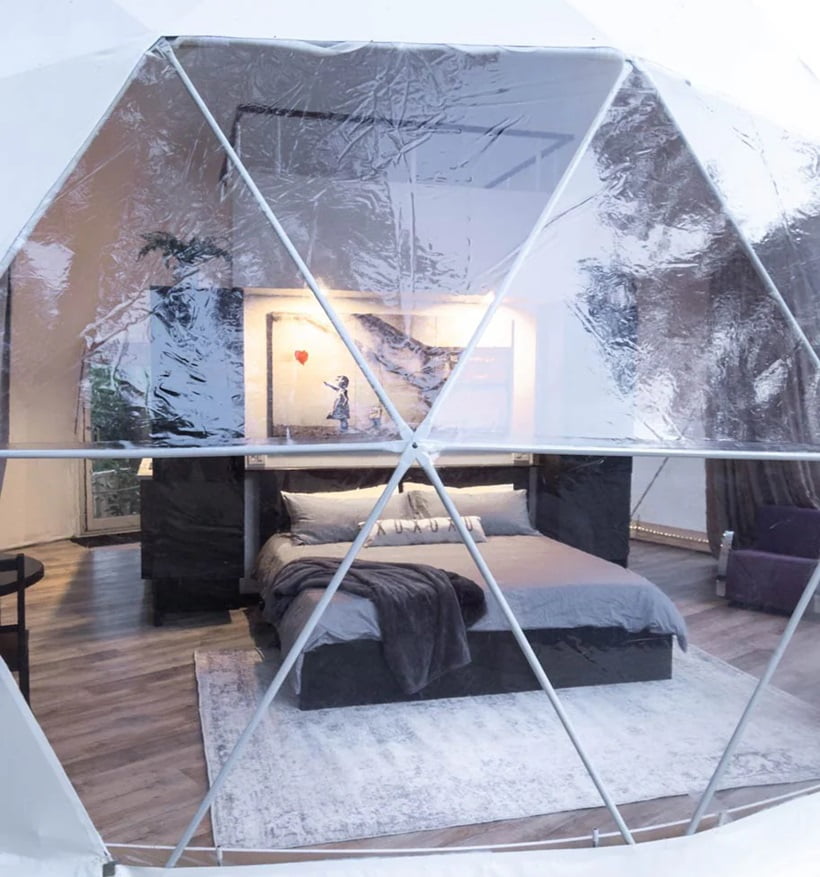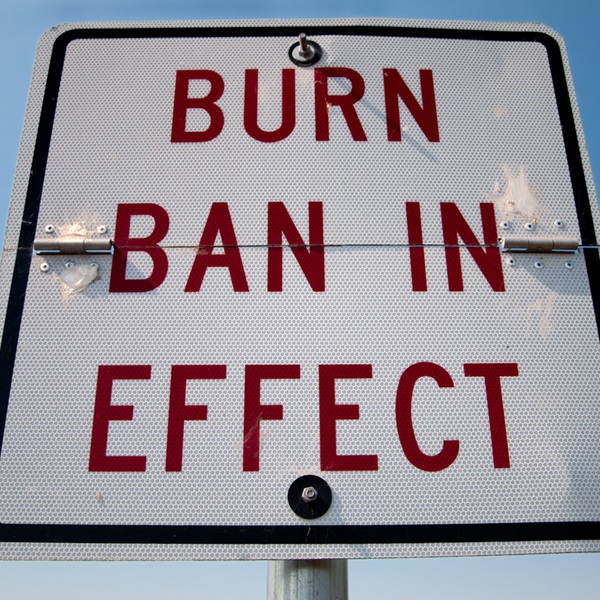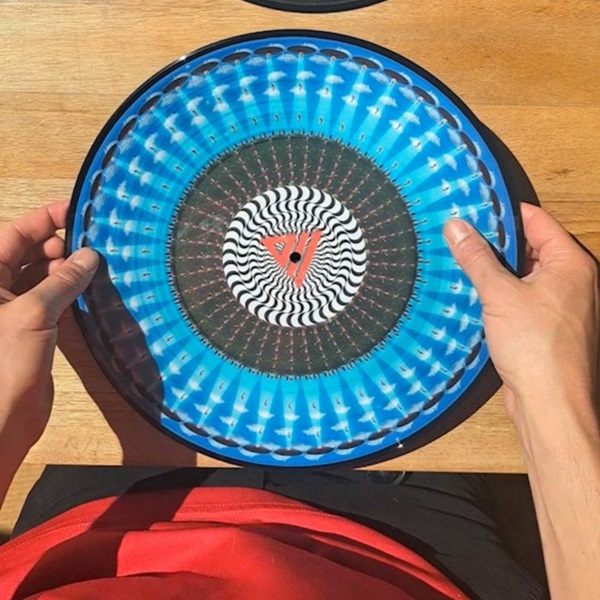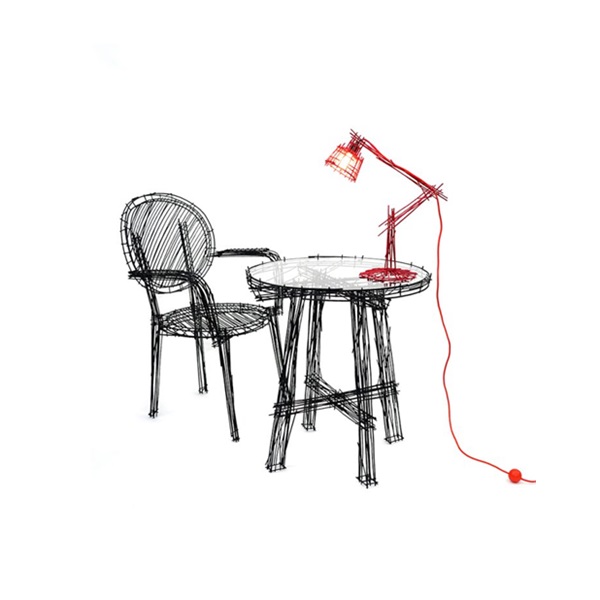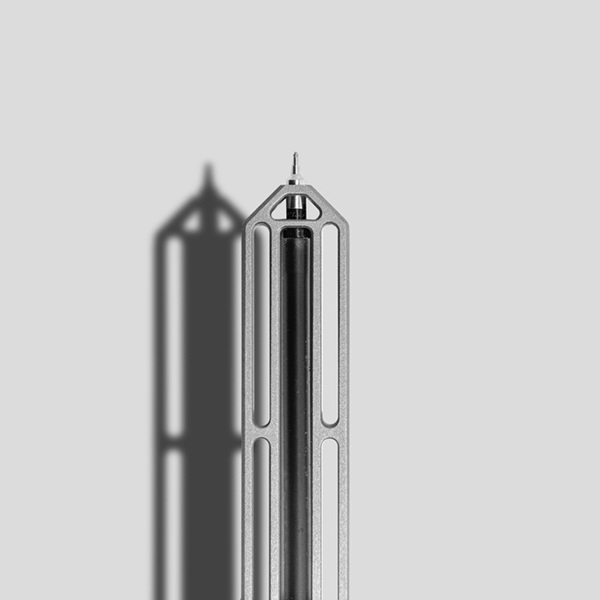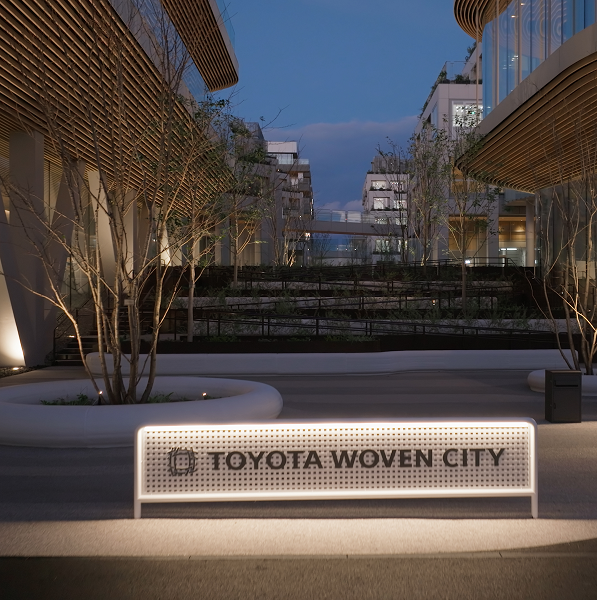
A dome tent is a popular and durable type of camping shelter characterized by its rounded, dome-like shapes. This design is achieved through flexible poles that cross at the center and bend towards the ground. These features create a stable and spacious interior.
In addition, campers generally love dome tents for camping due to their ease of setup, excellent wind resistance, and efficient use of space. As such tents typically offer ample headroom and can accommodate multiple campers comfortably, they are ideal for various outdoor activities. You can use this tent type for casual camping trips to rugged expeditions.
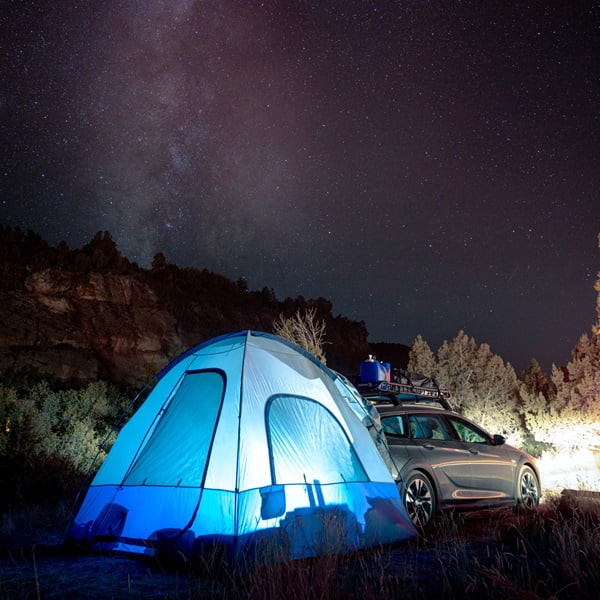
What is Glamping Camping Culture?
Glamping is a term that is a blend of “glamorous” and “camping.” This culture offers a twist on traditional camping. This trend emerged in the early 2000s. In addition, glamping camping caters to those who love nature but crave modern comforts.
Historically, glamping has roots in African safaris and European festivals where lavish tents provided opulence in the wild. On the other hand, today, glamping dome camping tents are a popular choice as this culture combines stylish design with functionality.
People love glamping dome tents for their spaciousness, comfort, and panoramic views. Because this tent allows campers to enjoy nature without sacrificing luxury. The allure lies in the perfect blend of adventure and comfort, which makes the tent a favored escape for many.
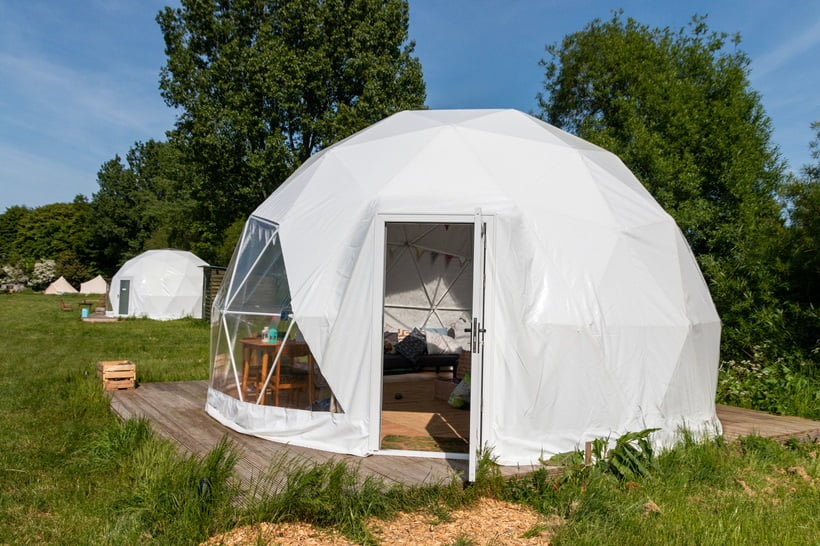
How about Geodesic Dome Tent?
There are different dome tent types. You may wonder which is the best option for you. The last type we will mention is a geodesic dome, which is a highly stable and durable camping shelter. This tent type is designed with a network of interconnected triangles.
This geometric structure distributes stress evenly. Therefore, geo dome tent is exceptionally strong and wind-resistant. Unlike standard ones, geodesic outdoor tents for camping can withstand extreme weather conditions. So, such types of tents for camping are ideal for high-altitude and harsh environments.
While traditional dome tents are simpler and easier to set up, glamping dome tents focus on luxury and comfort with added amenities. In contrast, geodesic dome tents prioritize strength and resilience. Lastly, geo dome tent type offers the best protection for adventurous campers seeking a reliable shelter in the most demanding outdoor conditions.
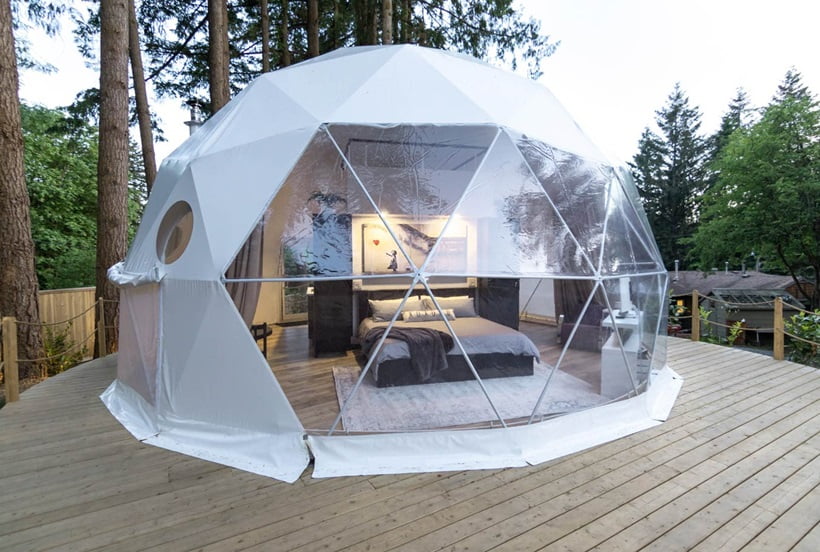
https://www.backcountryrecreation.com/
Where Can You Use Geodesic Dome Tents?
Geodesic dome tents are versatile and suitable for a variety of environments due to their robust design and stability. These tents are particularly well-suited for extreme weather conditions. Due to their such features, geo tents are considered the best long-term camping tent for high-altitude mountaineering and expeditions.
In addition to high altitudes, you can use dome outdoor tents for camping in the desert. Their sturdy framework can handle the intense heat and sudden sandstorms commonly found in desert regions. The tent’s shape also promotes excellent ventilation.
Moreover, forests and wooded areas are another great environment for geodesic dome tents. Their stable design ensures they remain firm even on uneven or rocky terrain. The tent’s durable materials protect campers from heavy rain and falling debris.
Lastly, geodesic dome tents are popular at festivals and outdoor events. Their spacious interiors and aesthetic appeal make them perfect for glamping setups, combining luxury with practicality. Whether you’re camping in the mountains, deserts, forests, or attending a festival, geodesic dome tents offer unparalleled protection and comfort.
Materials Used in Dome Tent Construction?
Dome tents are constructed using a variety of materials, each selected for its specific properties to ensure durability, stability, and comfort.

Tent Poles
Dome tent poles are typically made from lightweight yet strong materials like aluminum or fiberglass. Aluminum poles are preferred for their strength and flexibility. Because aluminum makes them ideal for withstanding harsh weather conditions. On the other hand, fiberglass poles are more affordable and provide sufficient stability for casual camping trips.
Tent Fabric
The tent body and rainfly are usually made from synthetic materials like nylon or polyester. Nylon is lightweight, durable, and resistant to abrasions. Therefore, nylon is a more popular choice for high-quality tents.
On the other hand, polyester (PE) is also strong and has excellent UV resistance. In addition, PE prevents the tent from degrading under prolonged sun exposure.
Floor
The floor of a dome tent is often made from heavy-duty materials such as polyethylene or a thicker nylon or polyester fabric with a waterproof coating. These materials are chosen for their ability to withstand rough ground conditions and prevent moisture from seeping into the tent.
Rainfly
The rainfly, an additional layer of fabric that covers the tent, is usually made from waterproof or water-resistant materials like polyurethane-coated polyester or nylon. This layer ensures that the interior of the tent remains dry during rain showers.
Zippers and Mesh
Generally, high-quality zippers are made from durable metals, and heavy-duty plastics are used for tent doors and windows. Mesh panels made from fine, durable netting provide ventilation while keeping insects out.
Above, we share some of the materials that manufacturers use during dome tent construction. While buying your tent, you should check if these materials are in the material list. If not, you can kindly ask the sales representative and get some ideas.
Advantages
Due to their unique design and numerous benefits, campers choose dome tents. Their versatility, ease of use, and durability make them ideal for a variety of outdoor activities.
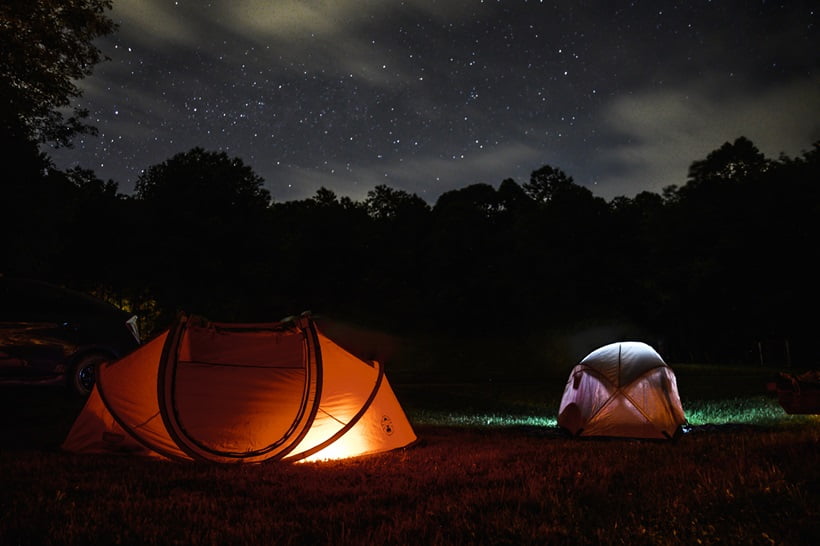
Stability and Wind Resistance
The intersecting poles create a strong framework that can withstand high winds and adverse weather conditions.
Easy Set Up
The flexible poles and intuitive design allow campers to pitch the tent in a matter of minutes, even in challenging conditions.
Spacious Interior
The dome shape maximizes interior space, providing ample headroom and a comfortable living area. The design allows for better utilization of space, making it easier to move around inside the tent and store gear.
Portability
Dome tents are lightweight and compact when packed, making them easy to carry on hiking and backpacking trips. Their portability ensures that campers can enjoy the benefits of a sturdy shelter without being weighed down by heavy equipment.


